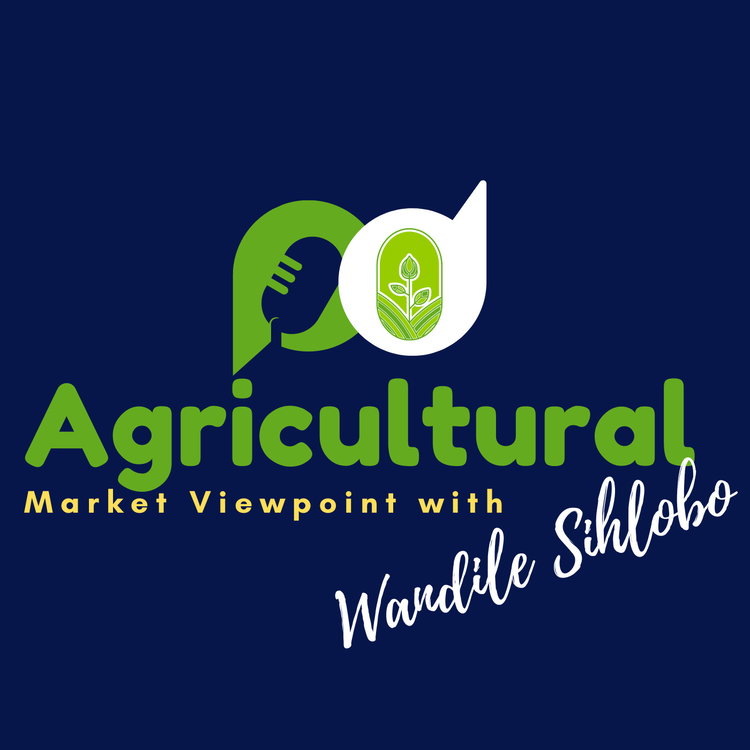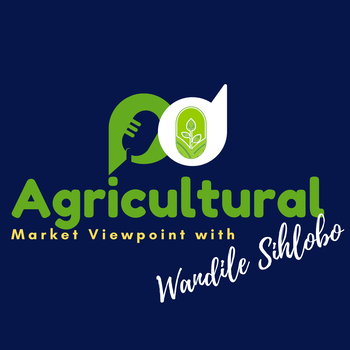
The better global agricultural conditions paint a comforting food price path
Loading player...
South Africa's agriculture is part of the global agricultural market. Therefore, we must consistently pay attention to the production conditions of agricultural commodities globally as they impact our domestic prices and consumers.
The world endured elevated food prices in the past few years for various reasons, ranging from drought in the major agricultural-producing regions of South America to the Black Sea wars. But in recent months, global agricultural prices and consumer food prices have softened. Food prices globally are roughly 25% less than the peak levels reached in March 2022, which was right after Russia invaded Ukraine and caused much disruption and panic in the agricultural markets.
At the moment, the global agricultural observers are shifting their focus to the new production season, which is 2024/25, of grains and oilseeds. The production has recently started in the northern hemisphere, which is in the summer season.
Farmers may begin tilling the land in the southern hemisphere around October 2024.
Still, as early in the season as we are, and a lot yet to unfold, the International Grains Council (IGC) forecasts a decent harvest. For example, in their latest update, the IGC placed the 2024/25 global grains and oilseed production forecast at 2.3-billion tonnes, up mildly from the previous season. The stocks are expected to be healthy, around 582-million tonnes, although having declined somewhat from the 2023/24 season because of the expected increase in the industrial use of grains.
We see an encouraging outlook if we consider the significant grains such as rice, wheat, maize and soybeans. For example, the IGC forecasts a 1% year-on-year increase in the 2024/25 global rice production to 528-million tonnes.
This is based on an anticipated large crop in all the major rice-producing regions, such as India, Vietnam, Thailand, the US, China, Pakistan, Indonesia, Bangladesh and the Philippines. Subsequently, the stocks could also increase by 1% to 175-million tonnes.
The production prospects for 2024/25 global soybeans are also positive, estimated at 415-million tonnes, up by 6% year-on-year. This is based on the expected large harvest in the US, Brazil, Argentina, India, and Paraguay.
Still, given that nearly half of the production is by the southern hemisphere producers, specifically South America, we view these data as tentative until the start of the season in the region in about two months.
Assuming the current estimates materialise, the 2024/25 global soybean stocks would lift by 16% year-on-year to 79-million tonnes. Such an increase in the harvest and supplies would add downward pressure on worldwide soybean prices, which is favourable for the animal feed industry.
A less optimistic view is in the major grains such as wheat and maize, although their supplies will still remain at levels above average. For example, the IGC forecasts the 2024/25 global wheat production at 793-million tonnes, slightly lower than the 2023/24 season's crop of 804-million tonnes. This is due to the expected production declines in the EU, UK, Ukraine and Russia. These overly wet weather conditions in these countries during the season are the reason for the anticipated poor yields.
With food and industrial use of wheat expected to remain strong, the IGC placed the 2024/25 global wheat stocks at 261-million tonnes, down 3% year-on-year. Be that as it may, international wheat prices have not reacted to these expectations and have remained on a moderating path in recent weeks, which is a welcome development from a consumer perspective.
Listen to the podcast for more details in other commodities.
Podcast production by Lwandiso Gwarubana, Richard Humphries, and Sam Mkokeli
My writing on agricultural economic matters is available on my blog: https://wandilesihlobo.com/
The world endured elevated food prices in the past few years for various reasons, ranging from drought in the major agricultural-producing regions of South America to the Black Sea wars. But in recent months, global agricultural prices and consumer food prices have softened. Food prices globally are roughly 25% less than the peak levels reached in March 2022, which was right after Russia invaded Ukraine and caused much disruption and panic in the agricultural markets.
At the moment, the global agricultural observers are shifting their focus to the new production season, which is 2024/25, of grains and oilseeds. The production has recently started in the northern hemisphere, which is in the summer season.
Farmers may begin tilling the land in the southern hemisphere around October 2024.
Still, as early in the season as we are, and a lot yet to unfold, the International Grains Council (IGC) forecasts a decent harvest. For example, in their latest update, the IGC placed the 2024/25 global grains and oilseed production forecast at 2.3-billion tonnes, up mildly from the previous season. The stocks are expected to be healthy, around 582-million tonnes, although having declined somewhat from the 2023/24 season because of the expected increase in the industrial use of grains.
We see an encouraging outlook if we consider the significant grains such as rice, wheat, maize and soybeans. For example, the IGC forecasts a 1% year-on-year increase in the 2024/25 global rice production to 528-million tonnes.
This is based on an anticipated large crop in all the major rice-producing regions, such as India, Vietnam, Thailand, the US, China, Pakistan, Indonesia, Bangladesh and the Philippines. Subsequently, the stocks could also increase by 1% to 175-million tonnes.
The production prospects for 2024/25 global soybeans are also positive, estimated at 415-million tonnes, up by 6% year-on-year. This is based on the expected large harvest in the US, Brazil, Argentina, India, and Paraguay.
Still, given that nearly half of the production is by the southern hemisphere producers, specifically South America, we view these data as tentative until the start of the season in the region in about two months.
Assuming the current estimates materialise, the 2024/25 global soybean stocks would lift by 16% year-on-year to 79-million tonnes. Such an increase in the harvest and supplies would add downward pressure on worldwide soybean prices, which is favourable for the animal feed industry.
A less optimistic view is in the major grains such as wheat and maize, although their supplies will still remain at levels above average. For example, the IGC forecasts the 2024/25 global wheat production at 793-million tonnes, slightly lower than the 2023/24 season's crop of 804-million tonnes. This is due to the expected production declines in the EU, UK, Ukraine and Russia. These overly wet weather conditions in these countries during the season are the reason for the anticipated poor yields.
With food and industrial use of wheat expected to remain strong, the IGC placed the 2024/25 global wheat stocks at 261-million tonnes, down 3% year-on-year. Be that as it may, international wheat prices have not reacted to these expectations and have remained on a moderating path in recent weeks, which is a welcome development from a consumer perspective.
Listen to the podcast for more details in other commodities.
Podcast production by Lwandiso Gwarubana, Richard Humphries, and Sam Mkokeli
My writing on agricultural economic matters is available on my blog: https://wandilesihlobo.com/

